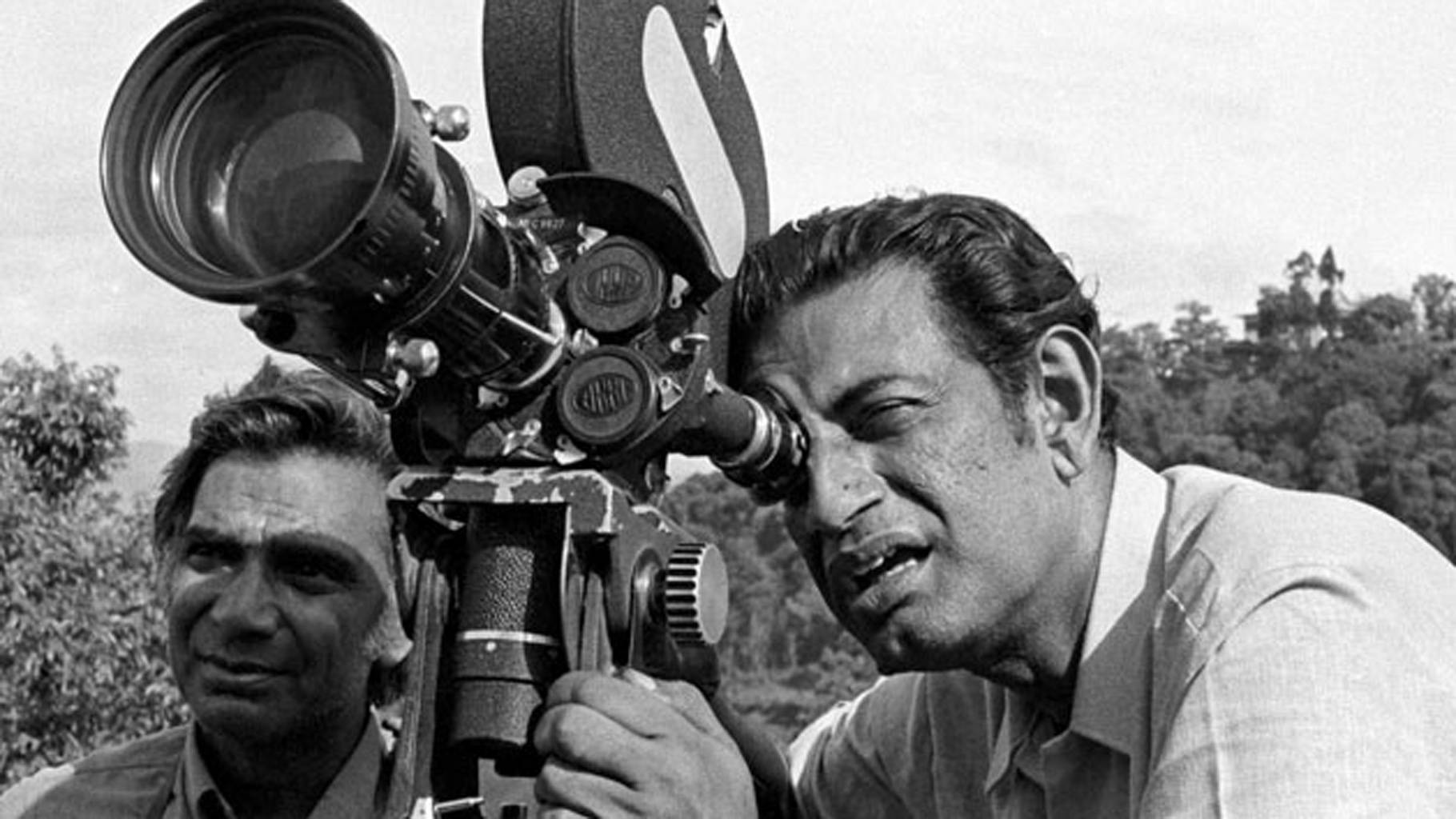It’s a well-known truth that Indian cinema’s tastes differ significantly from those of the West. The differences in taste are due to the differing underlying conceptions of film in each of these cultures. But sometimes, there’s a rare talent with a vision and reach so broad that it fulfills the preferences of moviegoers all around the world. Satyajit Ray is a true artist, he is a true visionary in the sense that he portrays Indian legends. He has revolutionized the way Indian beauty and storylines are depicted in the film.
In his experimental film ‘Aranyer Din Ratri,’ he was one of the first filmmakers to exploit the surreal literary style. He was a one-of-a-kind reel genius whose contributions to cinema are numerous and may be difficult to quantify. For many years, he was regarded as India’s biggest director. Many of his films are considered among the best in the world. Ray was more than an artist; he was a master writer, a calligrapher, a performer, a painter, a cameraman, and a great editor.
Ray received his professional education in Indian Fine Arts from Shantiniketan, West Bengal, and he’s still a devout admirer of Western art styles. He has been influenced by stories and visual forms from his nation since boyhood, but his approach was shaped by his exposure to Western movies. The list that follows includes 10 of his most well-known works as well as some of his lesser-known flicks, but all of them are a must-watch.
10. Goopi Gyne Bagha Byne: The Adventures of Goopy and Bagha (1969)
Ray’s choice of ‘Goopi Gyne Bagha Byne’ is one of the most intriguing in his filmography career, it also features some of his serious humanistic works. The film follows the lead characters on a fantasy trip. Ray’s grandfather, Upendra Kishor Roychoudhary, wrote the screenplay for it. For the first time since Parash Pathar, Ray delved into the comedy genre with this movie. The movie was made in response to a request from a young Sandip Ray, who went on to be a director and make children’s films.

The film follows Goopy and Bagha, who are two inexperienced aspiring singers and drummers. While banned from their villages, they meet in a bush. They meet the King Of Ghosts in the bush, who grants them three wishes. With their newly acquired powers, they gain the trust of a King, who guarantees them marriage to his daughter. The Ghost Dance segment, created by S. V. Rau, is the outstanding sequence in this relatively simple film. Among the most iconic moments in cinema history may be found in this sequence. The excellent use of zoom in the moment showcases Goopi’s singing or the intriguing freeze-frame technique, which Truffaut later used in Jules Et Jim. It’s a testament to Ray’s ability to build a different style with each film.
9. Sonar Kella: The Fortress (1974)
In Indian cinema, the detective genre was a fresh territory in 1974. As a result, this film is notable both in terms of subject matter and scale, as it explores the mystery genre in Indian cinema by utilizing Indian history. The adventures of detective Feluda are depicted in this film, which is based on Ray’s novel of the same title. Ray has written a series of short stories about Feluda’s adventures with his companion Topshe. Ray’s first effort at making a children’s film is also featured in this film.

Ray’s long-time associate Soumendu Roy’s cinematography is another outstanding feat in the movie. The scenes captured in the Rajasthan sands are some of the best instances of magic hour photography in low light. A two-minute-long take featuring all three key characters trapped in the desert features the camera following one of the actors while the sun sets in the background — a technical wonder. Ray’s first film, Shonar Kella, is set outside of Bengal. Ray, who is mostly known for films set in and around Bengal, accepted the challenge of shooting in the desert outdoors. As a result, a visually attractive and dramatically energetic mystery adventure emerges. This film is a must-see for movie fans who appreciate classic detective stories.
8. Joi Baba Felutinath: The Elephant God (1979)
Ray had created at least one film every year since the premiere of Pather Panchali in 1955. However, in 1978, he decided to take a break from filmmaking to focus on his book and pursue other hobbies. Ray returned to directing in 1979 after a one-year hiatus, and he decided to bring Feluda back to the big screen. It was the only Hindi film he would ever create. As a result, he decided to produce a mystery adventure with Feluda, Bengal’s favorite investigator. Ray chose a different Banaras backdrop this time. The story revolves around a child, her sidekick Topshe, and Jotayu, the writer’s accomplice.
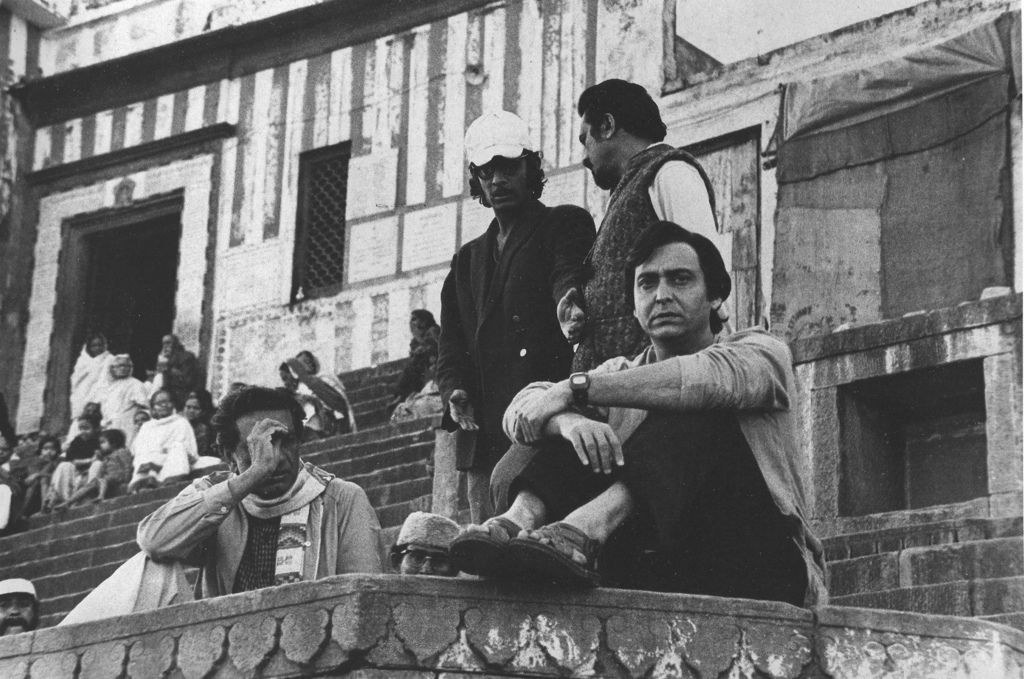
The plot is enhanced by the dark bylanes of Banaras. The city of Banaras and the banks of the Ganga play a role in the film’s densely woven storyline, which Ray adapted from his classic novel. Ray has also included Hindu religious traditions to highlight the crafty black and white villains that are always lurking in the wrong locations. Soumendu Roy, who previously captured the panoramas of the Rajasthan desert in the previous installment of Feluda’s journey, captured the crowded architecture of Varanasi with the same finesse.
7. Shatranj Ke Khiladi: The Chess Players (1977)
This was Ray’s debut Hindi picture, and it was released in 1977, twenty-two years after he began making films. Shatranj Ke Khiladi by far, was Ray’s most ambitious work, both in terms of scope and production quantity. Sanjeev Kumar, Amjad Khan, Shabana Azmi, and Sir Richard Attenborough were among the cast members. Munshi Premchad’s short story inspired this film.
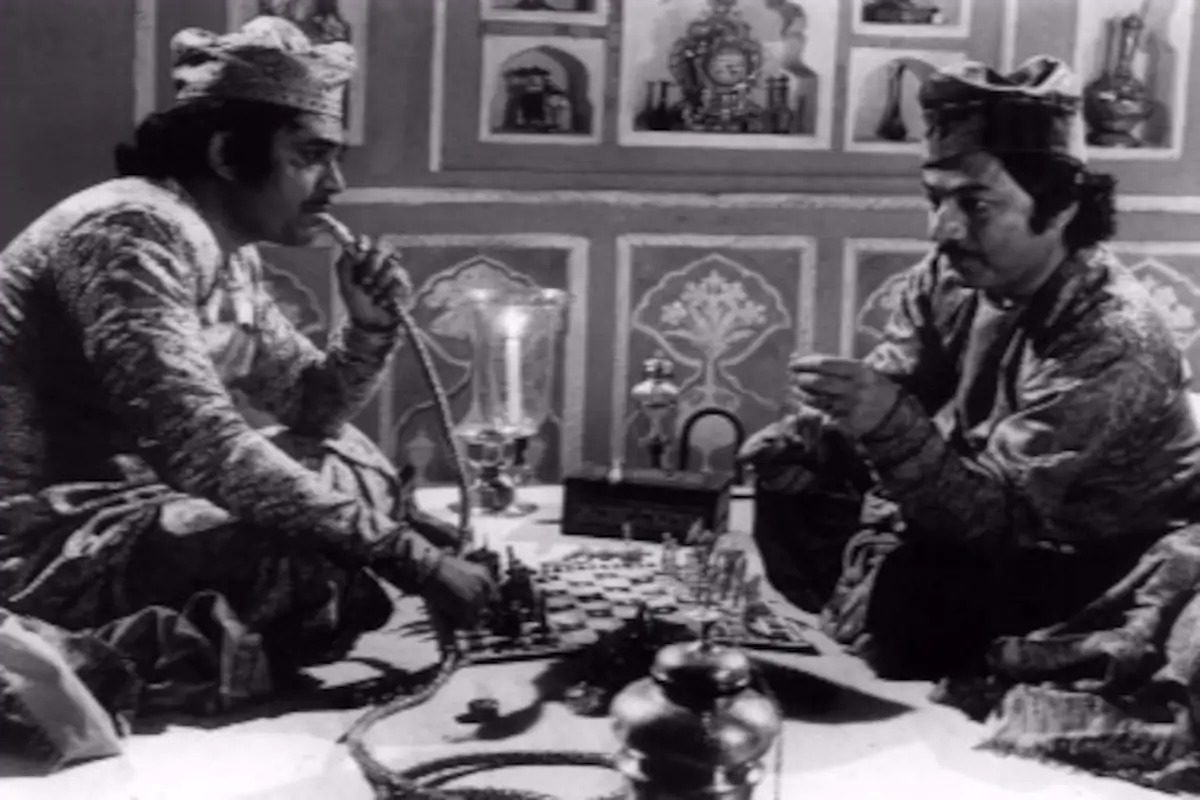
The actions of the story takes place in 1856 when the East India Company began conquering provinces and kingdoms. Two uneducated and lazy chess players, who are aware of the recent circumstances but stay quiet due to a lack of concern, demonstrate the political progress. The naive attitude is nearly a metaphor for the population’s lack of patriotic streak at the time, which even the British abused.
Ray’s talent for realism, as well as his detailed set design skills and cinematography, are used to properly replicate the era. This film also contains a number of sharp lines that pierce the viewer’s heart. Ray’s interpretation of the historical epic film genre, on the surface, appears to be a tale about two noblemen who enjoy a rich but lazy existence, yet it reveals how the British established themselves as a government.
Also Read: Top 10 Walking Dead Episodes Ranked: Glenn’s Death Is Not On The Top
6. Nayak: Hero (1966)
This film is remarkable for a number of reasons, one of which is that it was the first time Ray and then-superstar Uttam Kumar worked together. Uttam Kumar was the biggest figure in traditional Bengali cinema at the point of its debut, while Ray represented New Age Indian cinema. The thick line separating conventional and unusual storytelling merged easily with a character study like Nayak. This was Ray’s second effort at a masculine character study, following Charulata. The majority of the movie takes place inside a train, and the trip serves as an effective metaphor for each character’s change in background.
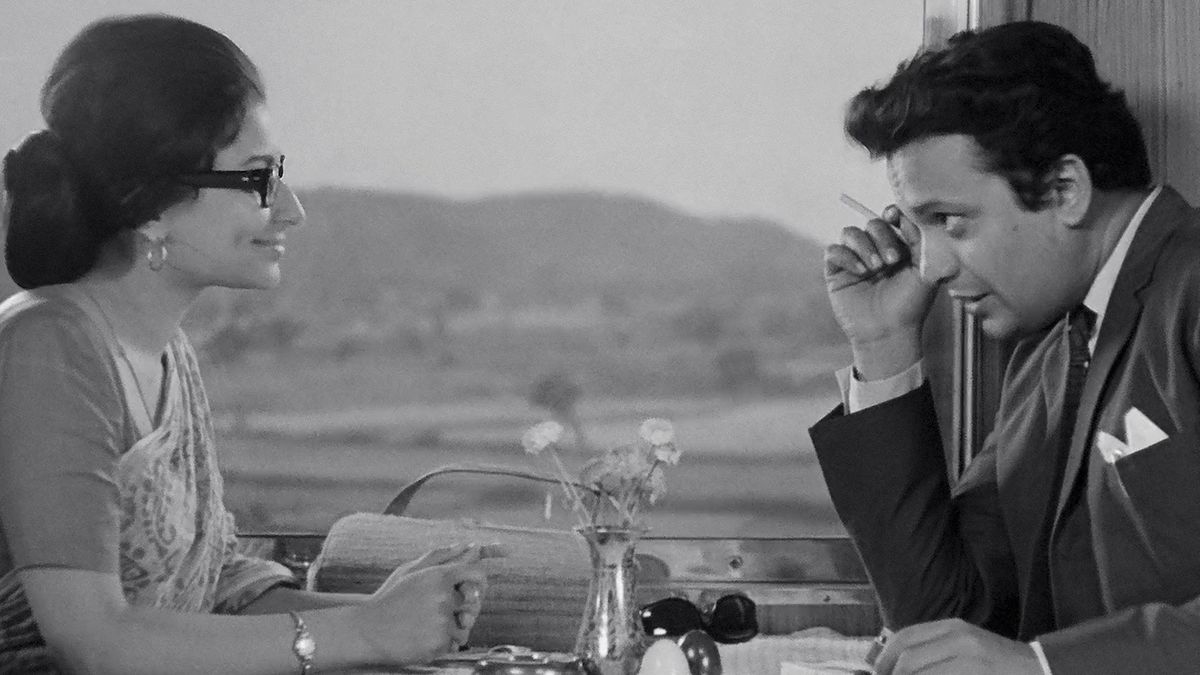
Despite the fact that the film is all about a superstar, Arindam Mukherjee, who is performed with grace by Mr. Kumar, it travels through various intellectual, political, and moral challenges and issues that face modern society. Every memory from Aridam’s prior existence contains opposing characters, reflecting the egoist divide. Ray, like many other filmmakers, does not hold back from presenting each character’s needy and greedy side.
A journalist searching for a sensational story pokes around in the proper spots and obtains what she wants; a businessman hunting a transaction with another visitor pushes his wife to establish a bond. The superstar, on the other hand, tells a journalist about his concerns, and the trip becomes a makeover, signifying his desire to rediscover himself.
5. Jalsaghar: The Music Room (1958)
Indian cinema is noted for its song and dance sequences, which, instead of serving the story, are considered to detract from it. Ray, on the other side, created an intense drama rich with classical Indian music, a rich representation of indulgent Zameendar’s (Landlords) life, and disturbing yet compelling performances by the main actors when he handled the soundtrack. The story follows an aged, decadent Zamindar (Landlord) who has become so self-absorbed and self-indulgent that he has forgotten about his property, which has provided him with nourishment throughout his life. He is worried about the new Indian government’s decision to eliminate the Zamindari system.

Jalsaghar is a tribute to the cinema’s careful set design, which was mostly done by Ray himself. Each set has a character who establishes the tone for each scene. Roy Choudry’s mansion in Nimtita Raajbari was used as the setting. Subrata Mitra, Ray’s longtime collaborator, has created yet another stunning film. Satyajit Ray demonstrated in this film that he is equally skilled at handling all of cinema’s major aspects, such as colorful music, characters, and sets. Nonetheless, Ray’s ability to create an emotional plot is displayed in this film.
4. Charulata: The Lonely Wife (1964)
Charulata, Rays’ particular favorite of all his films, is the most accurate portrayal of a woman imprisoned in the sinful world of comfort, prosperity, and luxury. Without taking a feminist viewpoint, the film conveys the loneliness and confinement of an Indian lady. Charu, who is the wife of a wealthy intellectual and is played by calm Madhabi Mukherjee, is neither challenged nor encouraged to discover herself in any way until her brother-in-law shows around. Ray believes this movie to be the most accurate representation of his vision. The film is notable for its art direction and features some of the best Bengali actors.
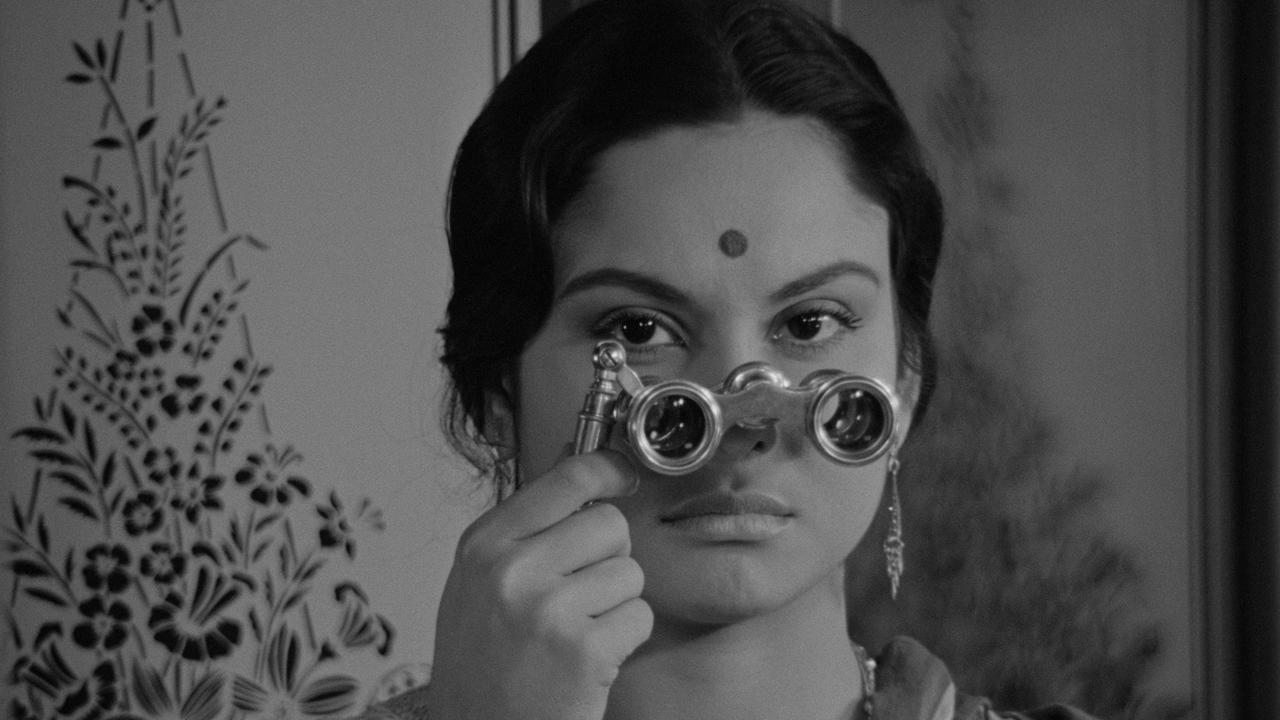
Some of the subjects in this picture are very daring for the time period in which it was filmed. Ray’s response to critics who labeled him diplomatic in his storytelling is a beautifully superbly filmed moment expressing Charu’s growing fondness for her brother-in-law. Certain scenes in the film have become iconic in Indian cinema. As her husband departs for work, Charu stares through her binoculars. This Movie serves as a lesson for anyone keen on Indian film terminology. At the Berlin Film Festival and other film festivals across the world, the film won an award. In Indian cinema, it is regarded as a classic.
3. Aparajito: The Unvanquished (1956)
Ray opted to continue the story of Apu after the popularity of Pather Panchali. This time, it’s a coming-of-age story with a cultural twist. Unlike Pather Panchali, the story is set in Varanasi and a Bengali village in Aparajito. Ray was able to include his own particular sensibilities into Apu’s story as a result of this. Ray was raised in Calcutta by his mother. The story includes the concluding chapters of Bibhutibhushan Banerjee’s Pather Panchali, despite the fact that it resonates with Ray’s life.
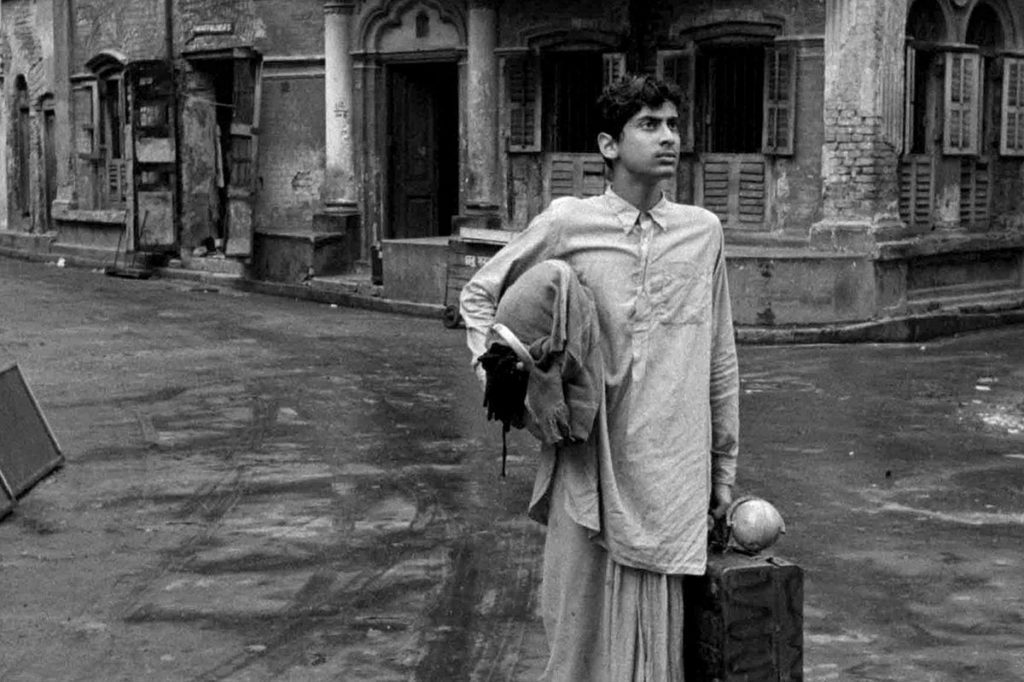
Pather Panchali and Apur Sansar were both better appreciated than this sequel, hence Aparajito serves as a bridge between them. Despite not being as successful as its predecessor, the film received a Golden Lion at the Venice Film Festival. Aparajito is a tragedy, despite the fact that it does not complete Apu’s story. Some of the situations, such as Apu’s father’s death, are sad and heartbreaking. Ray’s this film is one of his most autobiographical.
2. Apur Sansar: The World of Apu (1959)
The third and final installment of the Apu trilogy is both a new beginning and the inevitable conclusion to Apu’s narrative. Ray was supposed to end the story with Apu after two films, completing the cycle and arriving at the moment where Pather Panchali begins, seeing his own child and remembering his childhood. Three years after Aparajito, this movie was released. Ray had moved on to other stories since then and had gathered new ideas for his storytelling.
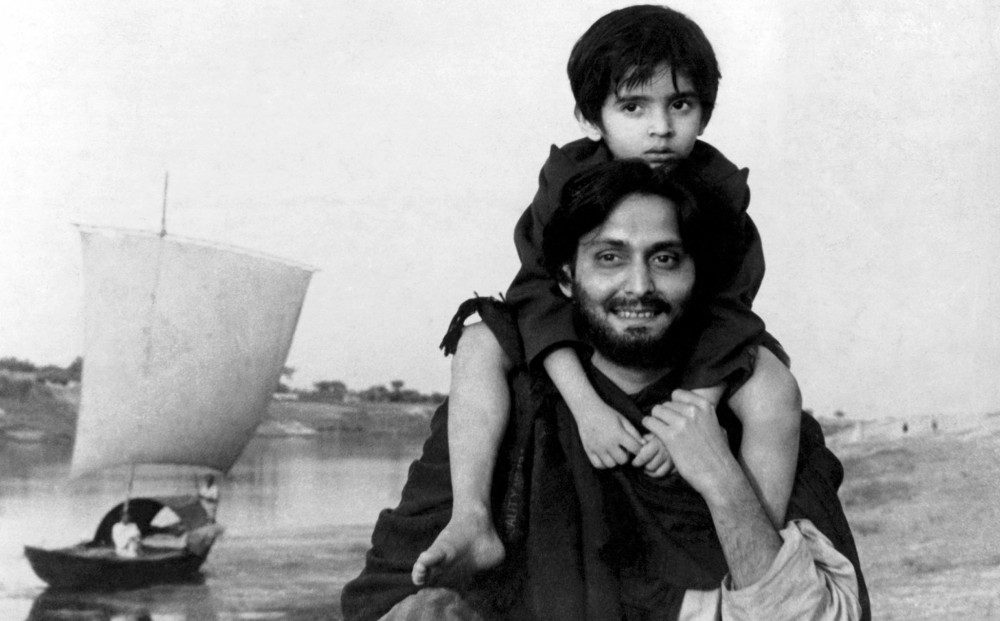
This film marked the debut of Sharmila Tagore, who plays Apu’s wife. She went on to become one of Ray’s most regular partners as well as one of India’s most well-known actors. Soumitra Chatterjee, who plays Apu, was another actor who went on to become one of Ray’s most regular collaborators. Ray has the opportunity to create a directionless lead who embodies current Indian youth in this film. Apu reconnecting with his son and moving away from the camera in the final moment is a suitable climax to this story of grief.
1. Pather Panchali: Song of the Little Road (1955)
Satyajit Ray’s first movie, which became one of the most successful and revered Indian films in the world, was released in the year 1955. Ray worked as an art director for a British advertising firm before filming this movie. Until he discovered Bibhutibhushan Bandopadhyay’s novel Pather Panchali, he had never thought about making films. The treatment of De Sica’s Bicycle Thief, which had been shot on location with non-actors acting lead roles, was the true inspiration.
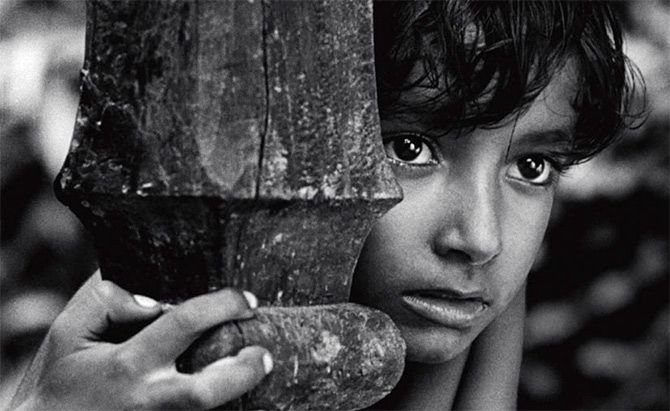
Ray’s ability to portray cultural details while maintaining the drama and plot intact was demonstrated in Pather Panchali. Scene after scene, his talent as a director is demonstrated, capturing the lonely beauty of the Indian town, the event of discovery, and chilling truths about death, grief, desperation, longing, and the complexities of relationships.
While he maintains his visuals realistic and true to the story’s context, several of the sequences are filmed beautifully. One such beautifully filmed sequence is the finding of Train over the white plains of Kaas. This gem is a must-see for any film buff who enjoys genuine drama and genuine storytelling. Pather Panchali will always be remembered as a historic moment in Indian cinema.
Also Read: 10 Reasons To Watch Marvel Movies: Why Marvel Movies Are


